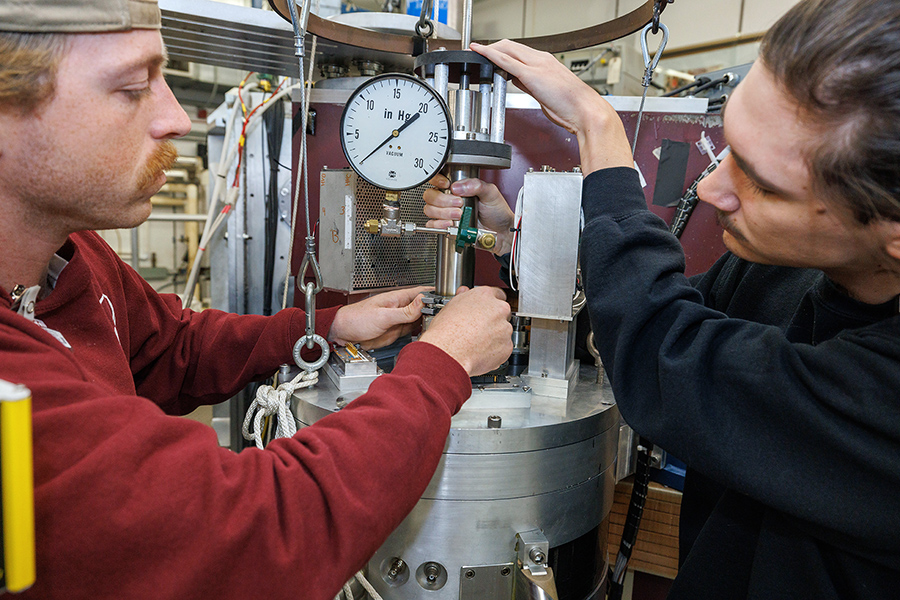“Particle physics continues to play a key role in keeping America at the cutting edge of science and engineering. Our investment in basic research in HEP remains key to advancing the innovations of tomorrow,” said Director of the Office of Science Asmeret Asefaw Berhe.
Serving as a cornerstone of America’s scientific research enterprise, DOE’s High Energy Physics (HEP) program plays a major role in nurturing top scientific talent and building and sustaining the nation’s scientific workforce. The High Energy Physics program’s principal goal is to provide a deeper understanding of how our universe works at its most fundamental level. Particle accelerators and other tools developed in pursuing this goal often meet other needs of society. For example, the pharmaceutical industry uses X-ray beams created by DOE’s particle accelerators to develop more effective drugs to fight disease.
Projects selected in today’s announcement cover a wide range of topics at the frontiers of particle physics, including the Higgs boson“>Higgs boson, neutrinos, dark matter“>dark matter, dark energy, quantum theory, and the search for new physics. A sample of the projects include:
- The Dark Energy Spectroscopic Instrument (DESI) — Researchers from the University of Utah and the University of California, Irvine will collect precision spectra of millions of galaxies to advance our understanding of dark energy, working at the Kitt Peak National Observatory in Arizona.
- The Large Hadron Collider (LHC) at CERN — Fifteen teams of researchers that submitted proposals of high merit and high impact will carry out research as the LHC resumes operations in July. The awarded scientists also hold roles and responsibilities in the ongoing high-luminosity detector upgrades, which will further enhance the scientific discovery potential at the LHC throughout this decade and into the next.
- The Muon g-2 experiment and the MicroBooNE experiment — Intensity Frontier experiments at Fermilab are poised to achieve significant results in precision studies of the properties of muons“>muons and neutrinos. Researchers at the University of Rochester and the Illinois Institute of Technology play important roles in the Intensity Frontier program.
The projects are managed by the Office of High Energy Physics in the DOE Office of Science.
The full list of projects and more information can be found here.



